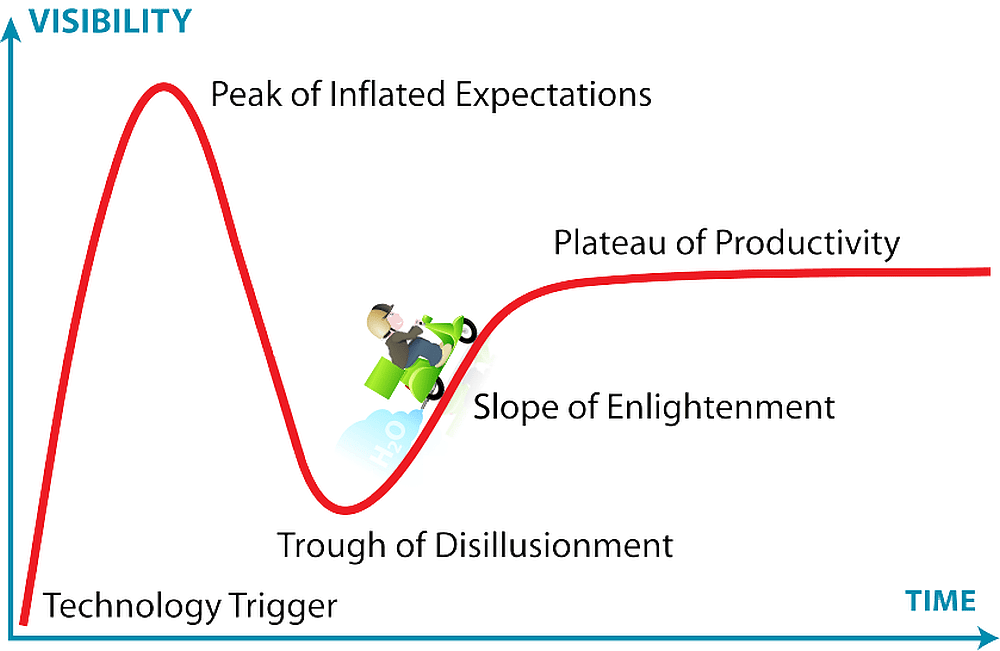The US Patent and Trademark Office issued Patent Number 8,000,000 to Second Sight Medical Products for its retinal prosthesis device. Meanwhile, patent reform is working its way through Congress.
Ten years in the making, patent reform is getting close to becoming law. When it passes, the Leahy-Smith America Invents Act (H.R. 1249) will impose a fundamental change in US patent law. The House approved the bill in June and the Senate is expected to wrap up its work on the bill when it returns in September.
Currently, the United States awards on a “first-to-invent” basis, the most important piece of the new legislation would change awards to a “first-to-file” basis. The National Academy of Sciences recommeded adopting a first-to-file system in a 2004 report.
Patent applications are either non-provisional or provisional. An article in the (Pittsburgh) post-gazette.com explains the difference. In the former case, the application establishes the filing date and begins the formal examination process. In the latter, the filing date is established but the patent is not entered into the examination process, hence the oft seen “patent pending.” Provisional applications expire after one year and cost hundreds instead of thousands of dollars to file. (For a detailed discussion at the current patent process, see the recent story in the ACerS Bulletin, “Understanding patents and managing patent-procurement costs.”)
According to the Post-Gazette article, experts expect that small companies, especially, will feel more pressure to protect their IP quickly with patent applications. More applications are likely to be provisional, conserving capital and buying time for companies while they figure out how valuable the technology is likely to be.
Most foreign countries operate under a first-to file basis, so the legislation should make multi-country filings more efficient.
The legislation, though, preserves on important difference for the American system. Most countries require patent filing before disclosure. Filing before disclosure is a problem, for example, for university IP because patentable concepts often are disclosed in journal articles or conferences. The pending legislation keeps the one-year grace period between disclosure and application in place.
Supporters of the legislation say patent reform is long overdue. Giant patent-generators IBM and GE, in a joint letter to US Senator Patrick Leahy in February, wrote that the bill will give the USPTO “the tools it needs to more efficiently process patents, reduce the staggering backlog of pending patent applications, and improve a patent quality.” Sen. Leahy, in a statement made in March, offers the opinion that the bill puts in place the “changes needed to unleash American innovation and create jobs without spending a single dollar of taxpayer money” and that “enactment of the bill will save millions of dollars.”
Detractors make some interesting arguments, especially regarding biomedical patentability, for example of human genes. If you enjoy following the squabbling and spinning, I recommend you read the Corporate Counsel post at law.com for a legal analysis, and a post on Patent Docs for a summary of some of the political posturing that is going on. Both are very informative.
The bill’s progress and history can be followed through through Civic Impulse’s website or the Library of Congress.
The House and Senate versions will need to be reconciled, and the expectation is that a final bill will become law by the end of the year. Thus, the USPTO proactively has opened an informal public comment phase. Many of the current rules and regulations will need to be rewritten by the office within a year of passage, so they are trying to get a jump on identifying issues. Documents and information about the comment phase are available on the website.
By the way, on Aug. 16, 2011, the patent office announced that it had issued Patent Number 8,000,000 to Second Sight Medical Products in Slmar, Calif, a privately held company that develops retinal prostheses to provide sight. The patent was issued for a wireless miniature video camera and implanted receiver system that bypass the damaged photoreceptors in the eye. There was probably some interesting materials science involved.
Author
Eileen De Guire
CTT Categories
- Market Insights

